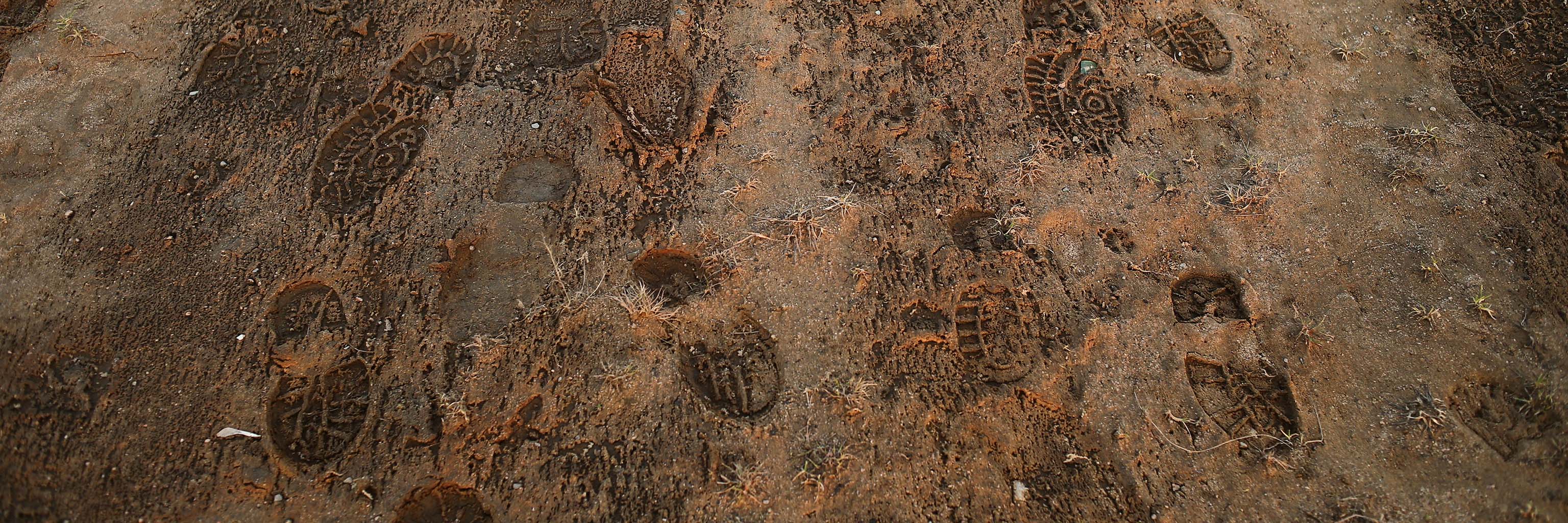We are pleased that you are interested in the Evolution, Ecology, and Behavior graduate program in the Department of Biology at Indiana University.
The How to Apply area of our website provides useful information common to all three Ph.D. programs in our department—including a link to the online application, a list of required documents, key dates common to all programs, information on application fee waivers, and helpful contacts.
The goal of this page is to provide you with information about the admissions process that may be unique to the EEB program.

 The College of Arts
The College of Arts